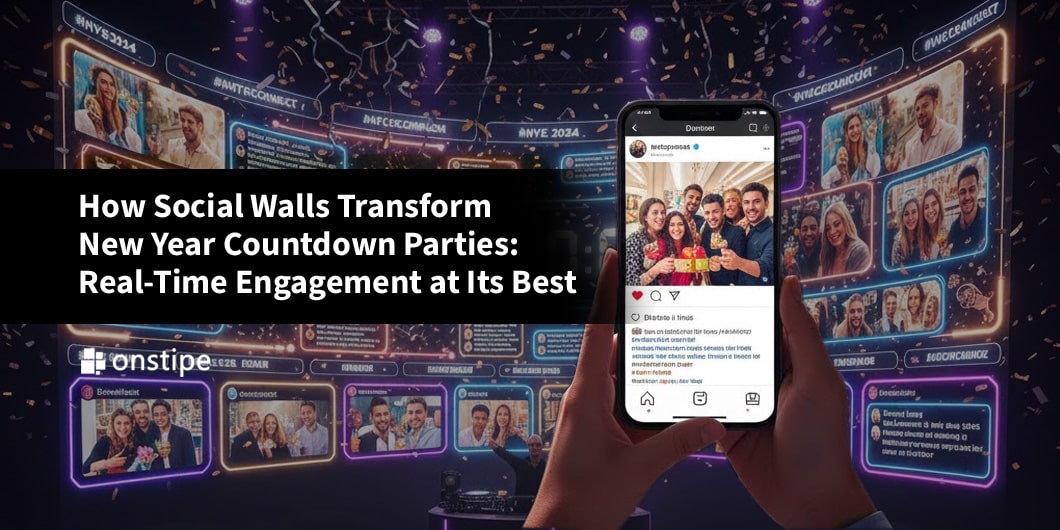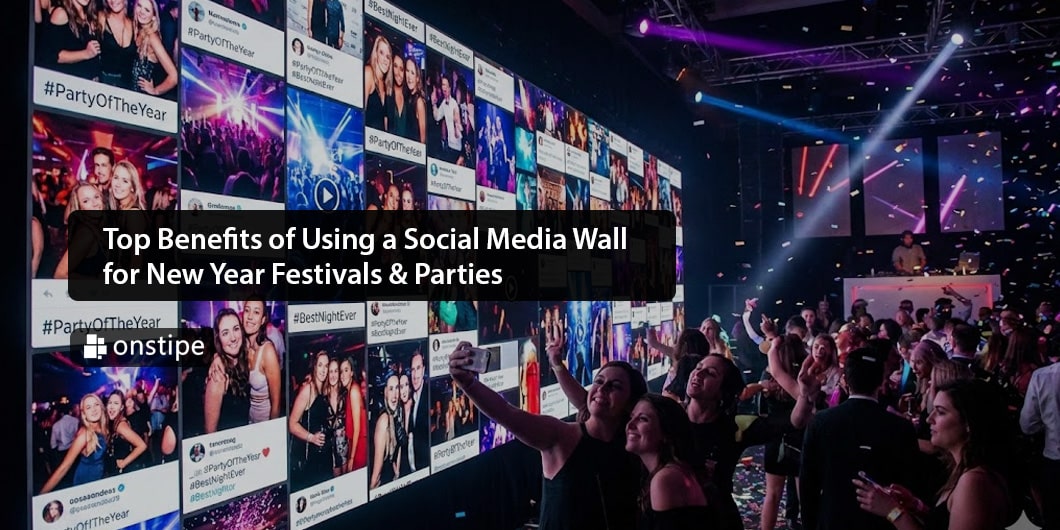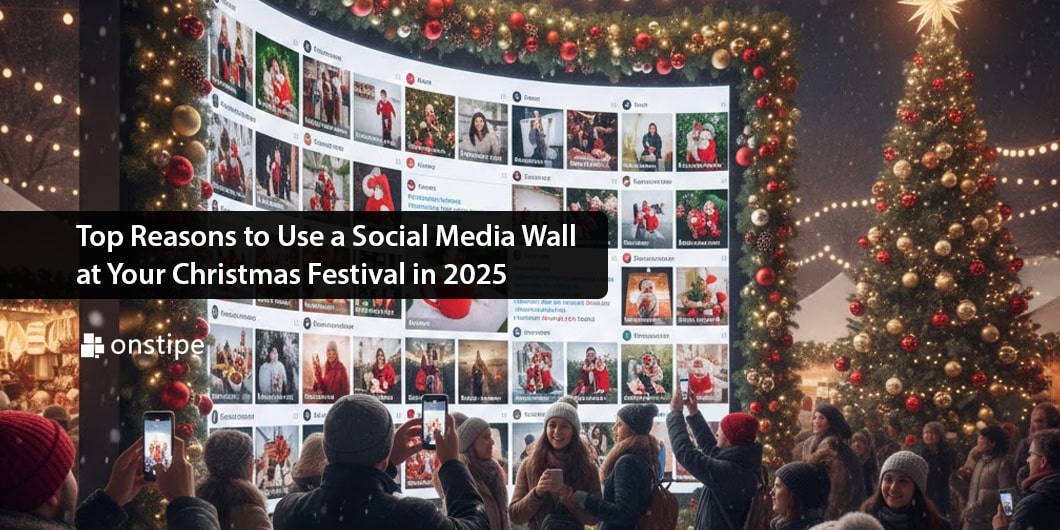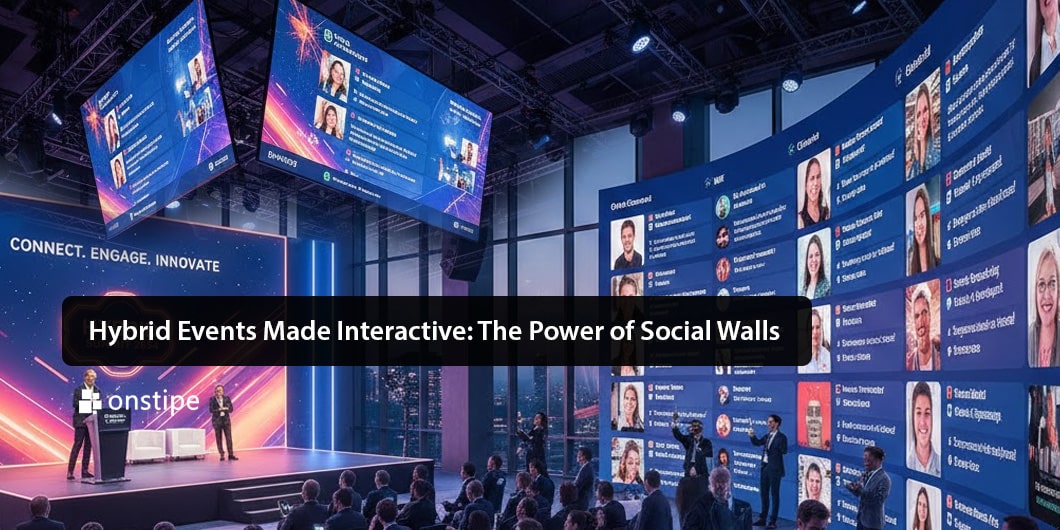In the ever-evolving digital landscape, your website acts as the cornerstone of your brand’s online presence. It tells your story, displays your products or services, and serves as the hub for customer interactions. However, as web users become more connected and expect immediacy, the static nature of traditional websites can leave them feeling outdated. One of the most effective ways to keep your website vibrant, engaging, and trustworthy is by embedding a social media feed.
This article explores why every modern website should feature a real-time social media feed, and how this simple addition can dramatically enhance user engagement, build trust, and showcase brand activity. If you’re a business owner or marketer hesitant about integrating a social feed, this deep dive might just change your mind.
1. Elevating User Engagement Through Dynamic Content
Engagement is a currency in the digital world. A social media feed keeps your website fresh with real-time updates, eliminating the stagnancy that often plagues static pages. Visitors are greeted with new posts, images, videos, or stories each time they return, encouraging repeat visits and longer browsing sessions.
Real-time feeds also encourage interaction. Whether it’s a comment on a Facebook post, a like on an Instagram photo, or a share from a LinkedIn article, the social proof and interactivity they provide keep users involved. The content variety and relevance drive curiosity, making users more likely to explore your brand further.
2. Building Instant Trust and Credibility
Trust is a critical component of any online transaction. A social media feed can serve as a window into your business’s authenticity and credibility. By showcasing real-time customer feedback, user-generated content, or day-to-day brand activity, visitors gain a behind-the-scenes look at who you are and how others perceive your brand.
A vibrant, active feed sends the message that your brand is alive, transparent, and engaged with its community. When potential customers see others interacting with your business positively, it builds confidence in your offerings. Testimonials, influencer tags, or event highlights can go a long way in converting skeptics into believers.
3. Showcasing Brand Personality and Culture
Your social media presence often reflects the tone, values, and personality of your brand. Integrating it into your website allows visitors to connect emotionally with your business. Maybe your Instagram showcases a fun, creative side with behind-the-scenes moments, or your LinkedIn feed shares thought leadership that positions you as an industry authority.
When a social feed is embedded on your site, it humanizes your brand. It tells a fuller story than what a product description or an ‘About Us’ page can offer. It provides context and personality that resonate with users on a deeper level.
Try Best Social Media Aggregator Tool
Collect, curate and display social media feed anywhere!
4. Reducing Content Management Overload
For small businesses or lean marketing teams, keeping website content fresh can be resource-intensive. Social media feeds solve this issue by automatically populating the site with your latest posts. This hands-off approach reduces the need for constant manual updates, saving time while keeping your site relevant.
Every time you post to your social media, your website updates in sync. This automation keeps your content current without added effort and ensures that even during downtime in your content calendar, your site stays active and engaging.
5. Enhancing SEO and On-Site Metrics
While embedded social feeds may not directly influence your search rankings, they do impact several SEO-relevant metrics. These include:
- Increased time on site: Fresh, engaging content keeps users browsing longer.
- Lower bounce rates: Dynamic feeds create a more interesting and interactive experience.
- Cross-channel traffic: Social posts can drive users to specific landing pages or blog content, boosting internal traffic flow.
Google’s algorithms favor sites that provide value and a positive user experience. Real-time content from social media helps satisfy both of those criteria.
6. Driving Social Growth from Your Website
A social feed doesn’t just bring your social content to your website—it also funnels website traffic to your social channels. This creates a powerful synergy. Users who find your feed interesting may click through to follow your profiles, increasing your audience and engagement on platforms like Instagram, Facebook, X (formerly Twitter), LinkedIn, or TikTok.
It’s a two-way street: your social media amplifies your website content, while your website drives organic social growth. This interconnected ecosystem strengthens your overall digital presence and visibility.
7. Encouraging User-Generated Content and Community Involvement
User-generated content (UGC) is one of the most trusted forms of online content. By encouraging customers to tag your business or use branded hashtags, you can feature their content on your site via your social feed. This not only strengthens community ties but also acts as powerful social proof.
Visitors who see real people using and enjoying your products are more likely to trust and buy from you. Featuring UGC also fosters a sense of community and encourages more customers to share their own experiences with your brand.
Onstipe is social media aggregator tool that lets you collect, curate, and display social media feed on websites or Tv/digital screens. You can collect content from multiple social media channels such as Facebook, Twitter, LinkedIn, Vimeo, Instagram, YouTube, etc. Try it now
8. Supporting Marketing Campaigns and Events
Social feeds can highlight ongoing campaigns or promotions without changing your entire website layout. Running a seasonal giveaway on Instagram? Promoting a product launch with influencer partnerships? Embedding your feed ensures these campaigns gain maximum visibility.
It also helps with event coverage. Live updates, attendee photos, speaker highlights, and behind-the-scenes content from your social platforms can all be streamed in real time on your site, adding energy and urgency.
9. Simplifying Analytics and Performance Tracking
Modern social feed plugins and tools offer integrated analytics that allow you to track performance, engagement, and click-throughs from your website. This data can inform future marketing strategies and help you understand what type of content resonates most with your audience.
When you know which posts drive the most interaction, you can create more of what works and fine-tune your digital strategy accordingly.
10. Flexible Integration Options and Customization
One of the biggest hesitations business owners have is that a social feed will clutter their website or disrupt the brand aesthetic. But today’s feed tools are sleek, customizable, and responsive. Whether you want a minimalist Instagram slider, a grid of Tweets, or a full-page dynamic feed from multiple platforms, there are options that suit every design language.
You can control:
- Which platforms are shown
- How many posts are displayed
- The layout and style (carousel, grid, list)
- Content filters (e.g., hashtags, keywords)
With these flexible options, you get the benefits of a social feed without compromising your site’s look or speed.
Final Thoughts: Stop Hesitating, Start Integrating
In a digital environment where attention is fleeting and trust is paramount, embedding a social media feed is one of the most effective tools you can use to keep your website engaging, relevant, and credible.
It transforms your site from a static brochure into a living, breathing extension of your brand. It builds trust through transparency, encourages deeper engagement, and supports your broader marketing efforts without requiring additional workload.
For business owners and marketers on the fence, start small. Integrate one platform, monitor its impact, and adjust from there. The insights and benefits you gain will likely far outweigh any initial hesitations.
In 2025 and beyond, digital success will belong to those who adapt, connect, and engage in real time. A live social media feed on your website is no longer just a nice-to-have feature—it’s a modern necessity.







